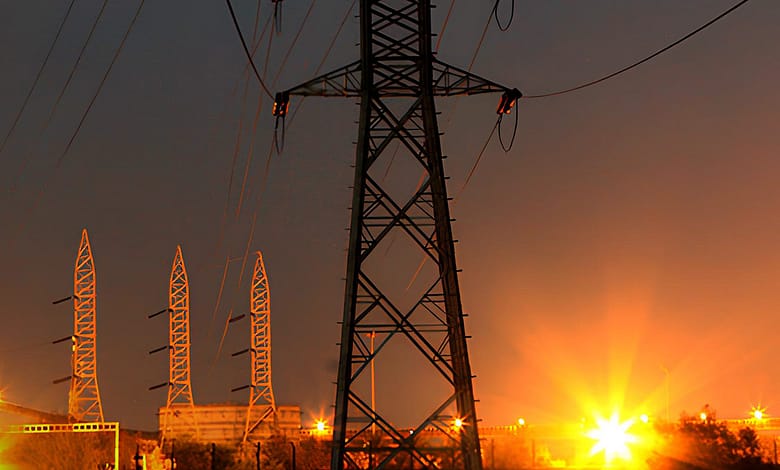Tata Power smashes Q3 earnings with over ₹1k Crore profit

Tata Power, the electric power company known for keeping the lights on in homes all over India. In the last quarter of 2023, they absolutely crushed it with a bangin’ profit of over ₹1,000 crore. They’ve been doing this consistently, posting profits for 17 quarters straight, no cap. That’s a long streak, and they’re showing no signs of stopping.
How’d they do it, you ask? They pumped up their core businesses, those being Generation, Transmission & Distribution, and Renewables. These were on point and delivered better than last year, helping them to snag that fat profit. Not only that, but their revenue also took a nice jump, clocking in at ₹14,841 crore.
But hold up, there’s more. Their EBITDA, which stands for “Earnings Before Interest, Taxes, Depreciation, and Amortization,” rose by 15% year over year, reaching a whopping ₹3,250 crore. They also hit an all-time high for revenue and EBITDA in the 9 months ending December 2023.
Tata Power is all about the clean, green energy game. They’re making moves with the development of pumped hydro storage projects, looking to invest a cool ₹13,000 crore. Their solar energy projects have benefited over 2,200 C&I customers and thousands of residential customers. They’ve also snagged a big transmission project in Rajasthan, showing they’re serious about that green energy hustle.
Dr Praveer Sinha, CEO and Managing Director of Tata Power, had some words about their success. He said, “Our core businesses continue to perform well and have helped the Company clock its 17th consecutive PAT growth quarter. Our consistent performance shows strong fundamentals of excellence in operational performance and project execution capability. As the country witnesses a surge in power demand, Tata Power is well-positioned to capitalize on the growth momentum with its cutting-edge, customized and cost-effective clean and green energy solutions.”
They’re putting their money where their mouth is, too. They’re on track to have over 10,000 MW of clean energy capacity in the next year or two, and they’re aiming to get 70% of their power from non-fossil-based fuels by 2030.




